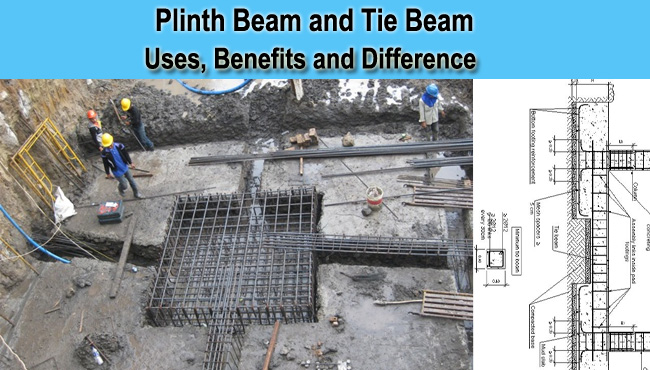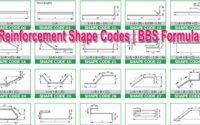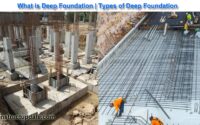Plinth Beam and Tie Beam | Difference Between Plinth and Tie Beam
This short article will help you to understand about Plinth Beam and Tie Beam uses, benefits and differences.
What is Plinth Level?
The topmost level of ground-level marks the beginning of super-structure and end of sub-structure. The diagram below refers to a Plinth Level.
Plinth Beam and Its Purpose:
The plinth beam is the beam being provided at the Plinth Level. The beam initially constructed post foundation in framed structure is Plinth Beam.
Following are the purpose of Plinth Beam:
Distribution of loads of walls over foundation.
Connecting all the columns.
Prevention of cracks from the foundation to the wall.
Avoiding differential settlement.
Tie Beam and Its Purpose:
Tie Beam is the connection between any height above floor level, two or more columns, rafters in a roof, or roof truss. Usually, Tie Beams are provided at Plinth Level or in the roof truss. They act as length breakers for columns with unusual floor heights, not conveying floor loads.
Following are the purposes:
Carrying axial compression.
Transferring rafter’s load to column.
Prevention of columns from buckling.
Differences between Plinth and Tie Beam:
| Tie Beam | Plinth Beam |
| Provided at floor level and anywhere above Plinth Level. | Provided only at Plinth Level. |
There are not many differences between tie and plinth beam as tie beam is considered as a type of plinth beam provided at different areas during construction.






